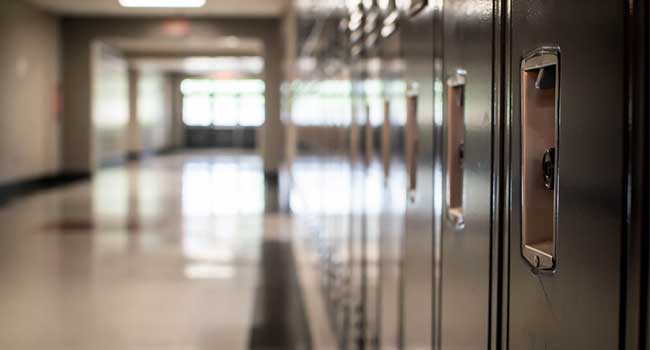
Looking Forward into 2019
Predicting campus security trends ahead of the New Year.
- By Sydny Shepard
- December 27, 2018
2018 was a hard year for campus security and life safety professionals. The year started with the death of 17 people at Marjory Stoneman Douglas High School in Parkland, Fla. Other incidents around the country continued to shakeout communities as the, "It won't happen here," mentality began to fade away.
This year we saw schools and colleges step up to implement the security measures needed to move towards a more protected facility. As discussed in our year-end review, a lot of campuses saw the implementation of increased access control, visitor management systems and safety apps.
I believe we will only see the utilization of physical security measures increase in 2019. These measures will be supplemented by the use of cutting-edge technology in an effort to enhance already installed security devices. For instance, video AI or advanced video analytics will become a main staple on campuses across the country.
Speaking of video surveillance, 2019 will usher in the wave of real-time video surveillance systems. The ability to push real-time video to first responders became a topic of debate after the Parkland shooting when first responders could not see what was happening inside MSD High because of the time delay in the video surveillance footage. Schools' ability to have real-time video as well as the capability to push that video to any device will be a large topic of discussion in the future.
Whatever happens in 2019, we all know that it will happen with the safety and security of the people on campuses in mind. What do you think will be a trend in the campus security vertical in 2019?
About the Author
Sydny Shepard is the Executive Editor of Campus Security & Life Safety.